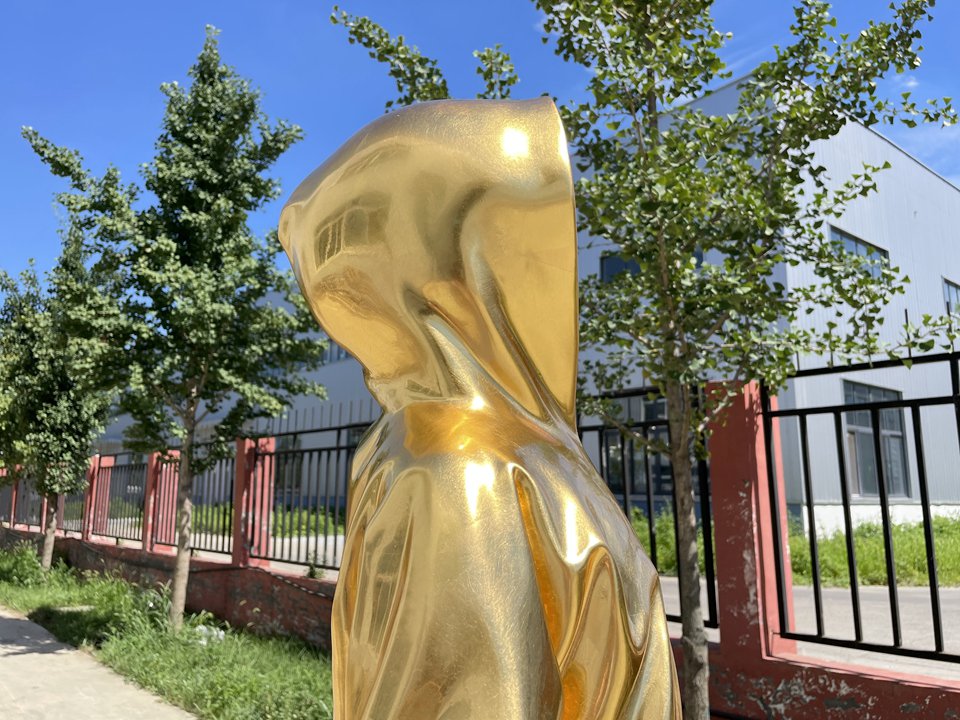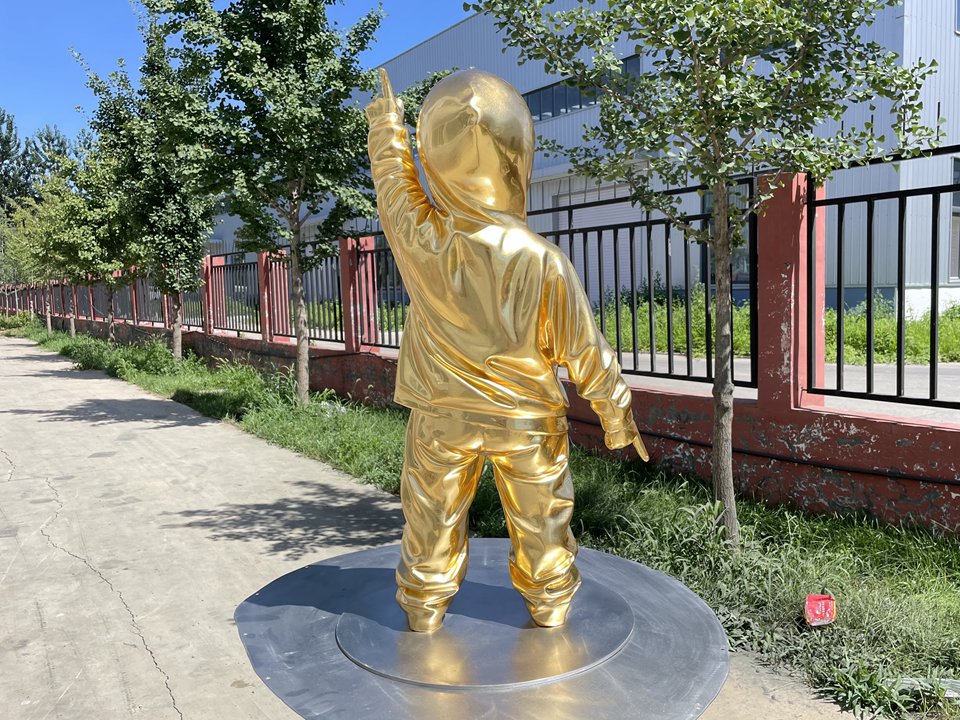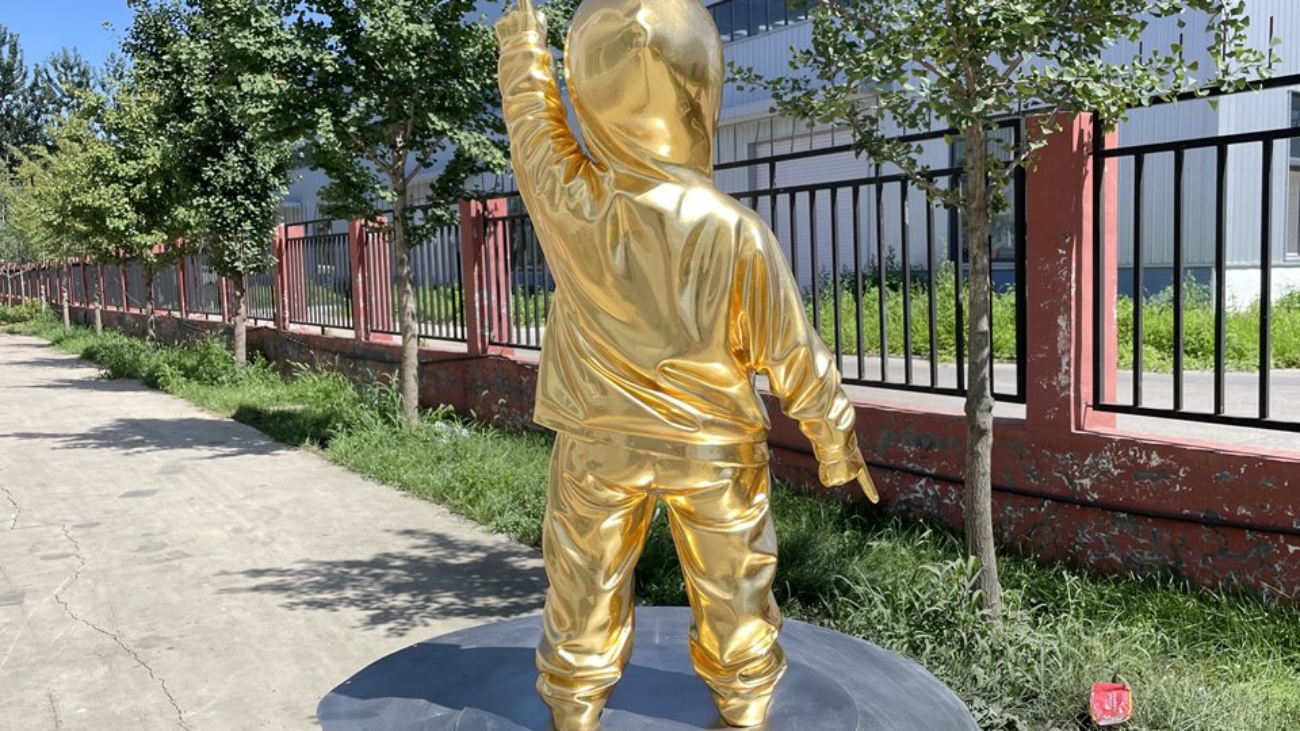Bronze sculpture is an art style that combines old traditions with new ideas. It gives artists a way to make works that will last for hundreds of years. Bronze is different from temporary materials because it is strong and flexible, which lets you make complicated designs that age well and get more interesting with time and exposure to the environment. Learning how to make bronze sculptures will help you appreciate this art form more, whether you’re an experienced sculptor or a curious beginner. Let’s look at the several stages, approaches, and creative options that make this art so interesting.

The Basics of Making Bronze Sculpture: From Idea to Form
Every bronze sculpture starts out as an idea, which is typically shown through sketches or 3D models made using computers. But the magic really occurs when something goes from being imagined to being real. Artists usually make a full-size model out of clay or wax so they may try out different shapes, textures, and facial expressions. This hands-on method encourages creativity; a small smudge or dent might lead to a new creative direction.
More and more, modern sculptors are combining old and new ways of doing things. Some people, for example, utilize 3D printers to make the first models, which they subsequently improve by hand. This dual technique speeds up the prototyping step while keeping the tactile closeness of sculpting. Artist Lila Torres adds, “The clay doesn’t lie.” “It shows you what needs to be changed in ways that no screen can.”
Once the model is done, a silicone mold is made to capture every last detail. This mold is used to make the wax copy, which will subsequently be the main part of the sculpture.
The Lost-Wax Method: The Heart of Making Bronze Sculpture
The lost-wax casting method has been used for more than 5,000 years and is still the best way to make bronze sculptures. Artists join wax rods, called “sprues,” to the wax model they made from the silicone mold to make a channel system. During pouring, these sprues will help the molten bronze flow into every section of the sculpture.
After that, the wax model is covered in a ceramic shell, which needs to be done in several layers to make sure it lasts. When the shell is dry, it is put in a kiln to heat it, which melts the wax and leaves a hole. This process, called “burnout,” needs to be done very carefully since uneven heating can break the shell or change the form of the cavity.
The most exciting part of the procedure is pouring molten bronze, which is heated to 1,200°C (2,192°F). The metal runs through the sprues, filling the space with liquid exactly. To avoid stress fractures, cooling must happen slowly. Artists get around this by utilizing ovens that can adjust the temperature. “It’s like conducting a symphony,” says sculptor Marcus Vale. “All parts must work together.”

Chasing and Patination: Giving Bronze Sculpture New Life
When the bronze is cool, the ceramic shell is torn off, and the sculpture is rough but easy to see. “Chasing” starts which is a careful process of smoothing the surface with chisels, hammers, and sandpaper. Artists fix flaws, change the way things seem, and make the transitions between textures smoother. Chasing can take weeks for big pieces, and it takes both physical strength and creative judgment.
Patination is the last step, and it involves using chemicals to make the sculpture’s color palette. For earthy browns, traditional patinas employ oxidizing chemicals like ferric nitrate, and for bright greens, they use cupric sulfate. But modern artists are changing the rules. Some people use acrylics or put metals like silver into their work to make it look shiny. Some people let rain and wind weather their sculptures, which creates natural patinas over time.
Patination isn’t just for looks; it also keeps copper from rusting. Artifacts from ancient times, such as the “Benin Bronzes,” show that a well-applied patina can persist for hundreds of years. But modern innovators are stretching the limits. Priya Desai is an artist who uses patination and LED lighting to make sculptures that change color depending on how you look at them. This mixes old and new styles.
Why make bronze sculptures instead of other types of art?
Bronze sculptures are unique because they last a long time and may be used in many ways. Bronze can handle adverse weather and keep its shine forever, unlike marble, which breaks when stressed, or resin, which fades in the sun. Because it is so strong, it is perfect for public art, memorials, and family heirlooms.
Bronze gives artists the most freedom when it comes to art. It can catch very small details, like a person’s fingerprint or a bird’s feather, which allows for hyper-realistic or abstract expressions. Collectors love bronze because it’s rare and hard to make. For artists, the medium gives them a physical link to the past. Every chisel mark is like something Donatello did, and every patina layer is like something Brancusi did.
Making bronze sculptures is also a way to balance out virtual art in the digital age. It symbolizes the idea of “slow creation,” which means that each stage, from making the mold to chasing, requires patience and presence. This quality of meditation draws in creators who want to go deeper in their work.
The end of the journey of making a bronze sculpture is timeless.
Making bronze sculpture is more than just a technical process; it’s a conversation between the artist, the material, and time. Every sculpture has the marks of the artist’s hands on it, and it also accepts the fact that metal and chemistry can change. A bronze sculpture becomes a living artifact when it is shown in a museum, a garden, or a living room. It changes with its surroundings and tells stories over generations.
If you want to do this technique, know that the beauty of bronze comes from its two sides. It is old and new, strong and weak, and always changing. When you learn how to make bronze sculptures, you join a long tradition of artists who turn raw metal into beautiful works of art that last. Begin your trip today and leave a mark on the world that will last for hundreds of years.



Add a Comment